Menacing Geomagnetic Storm to hit Earth tomorrow as Sun unleashes multiple CMEs
A strong G-2 class geomagnetic storm is expected to hit Earth tomorrow, October 4. Will it have a serious impact?
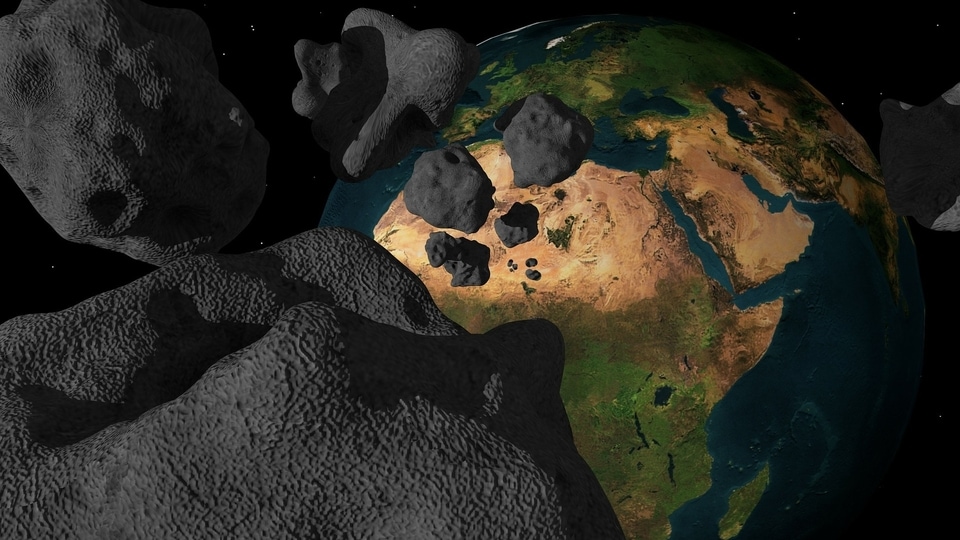
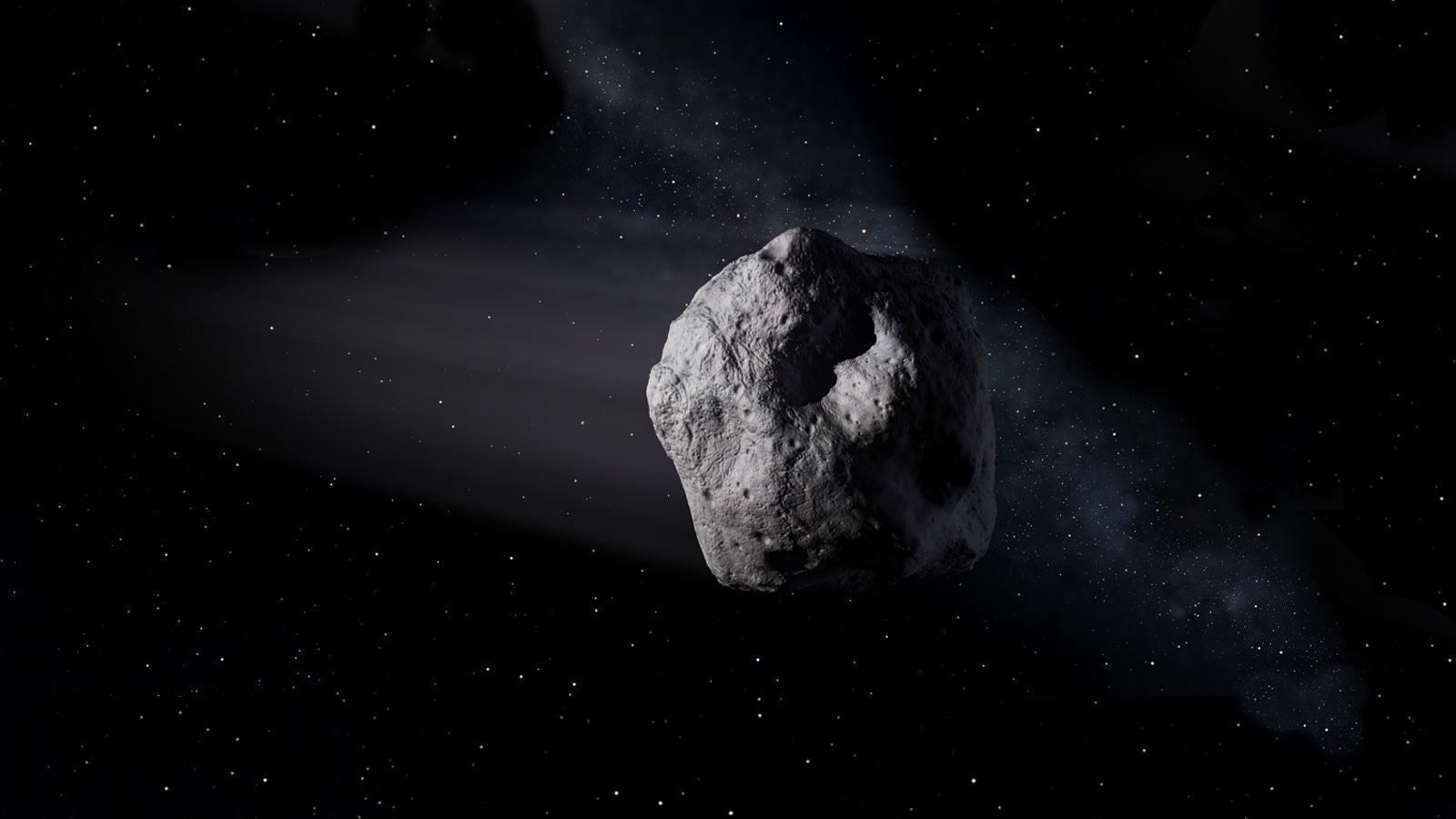
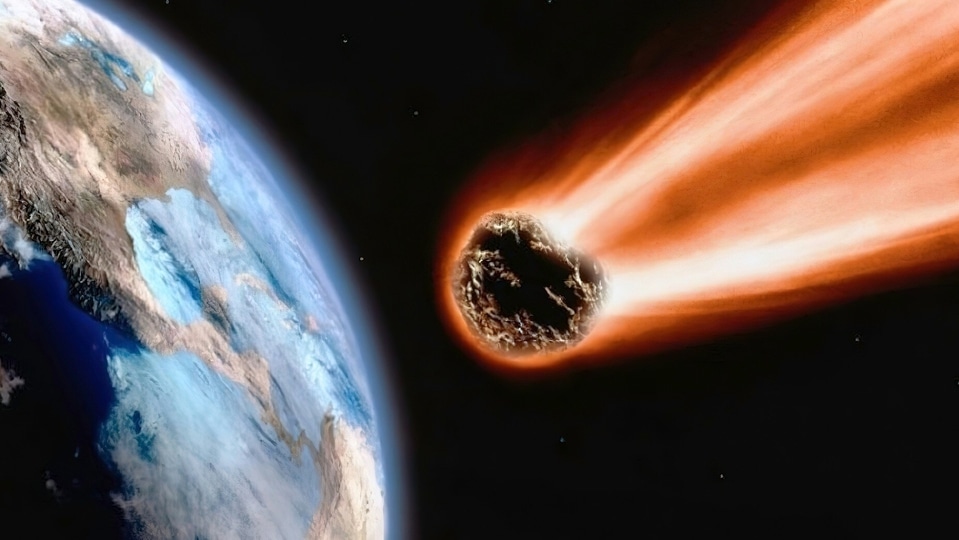
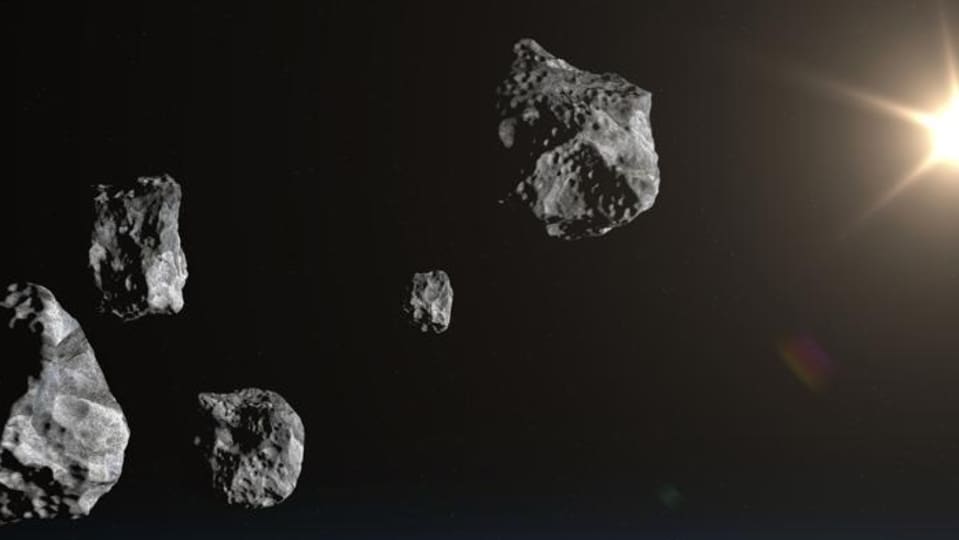

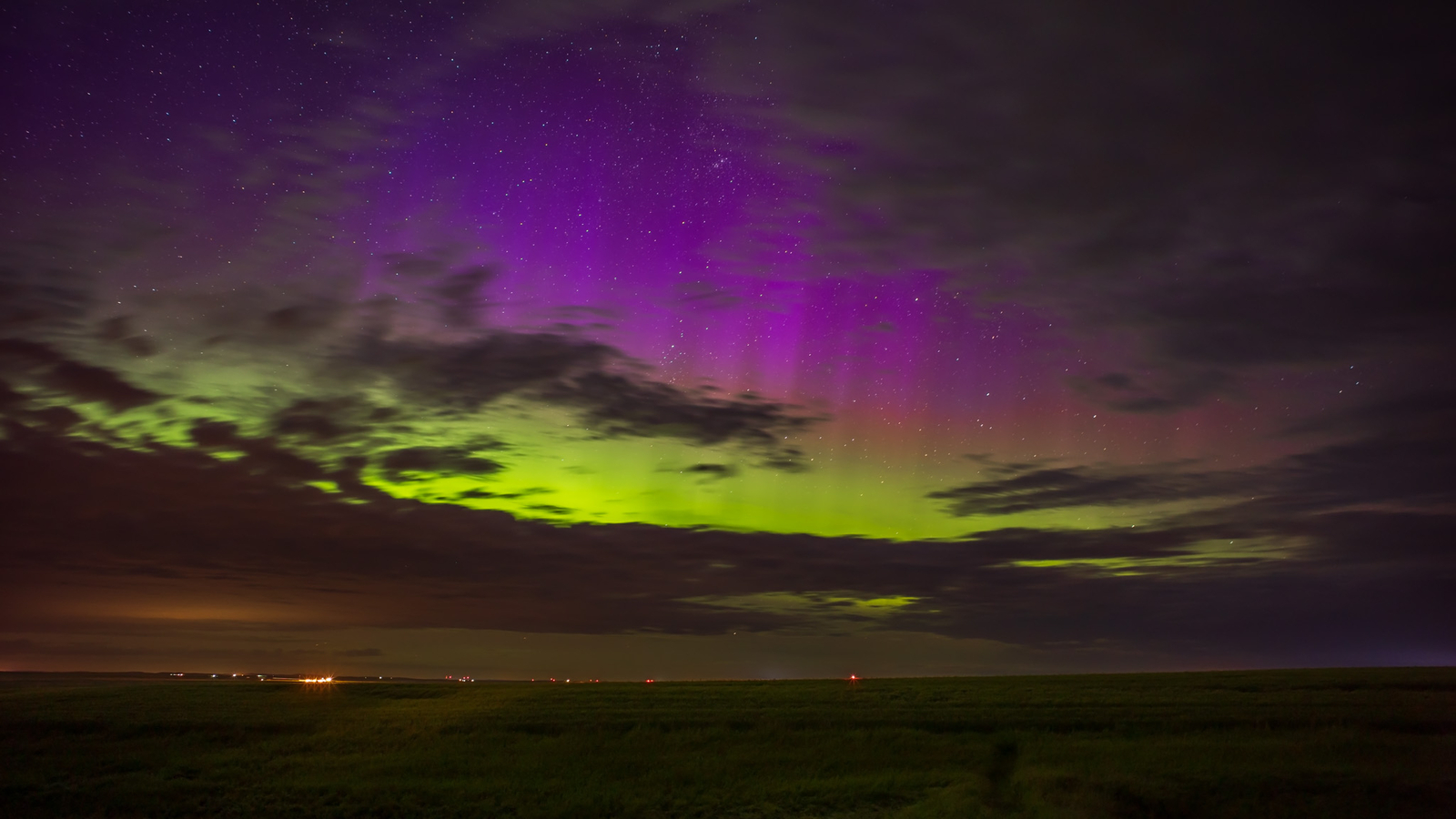
 View all Images
View all ImagesThe Sun has been very busy this weekend churning out horrifically powerful CMEs and spitting them out towards the Earth. Resultantly, another G2-Class geomagnetic storm is expected to hit Earth tomorrow, October 4, spaceweather.com reported. The National Oceanic and Atmospheric Administration (NOAA) forecasters have confirmed that “there is a chance of G2-class geomagnetic storms on Oct. 4th when multiple CMEs might sideswipe Earth's magnetic field. Most of the incoming CMEs were hurled into space by sunspot AR3110, which unleashed a series of strong flares (M5.9, M8.7, X1) over the weekend.”
Over the last couple of years, the increased activity on the surface of the Sun is because the star is well into its active 11-year cycle. During this time the polar regions on the Sun flip and this results in disruptions of the magnetic field. As the volatility rises, plasma is unleashed into space by the Sun, which is known as coronal mass ejection (CME).
Upcoming Geomagnetic Storm
These geomagnetic storms are classified in five classes such as A, B, C, M, and X, while the first three denote being low-intensity, M denotes moderate intensity and the X-class are the most powerful of all. The numbers denote the strength. Hence, the upcoming geomagnetic storm is classified as being of G-2 class. Geomagnetic storms of this intensity often result in voltage fluctuations in high-altitude power systems and even cause transformer damage in case these stay for long. These geomagnetic storms can even leave their impact on the operation of satellites and spacecraft and disrupt high-frequency radio communication.
That was the bad news. Now, for the good part. These geomagnetic storms also ensure that you can see some fascinating and wonderful auroras in the sky! The spaceweather.com report confirmed that during G2-class storms, naked-eye auroras can descend into the United States and that to as low as New York and Idaho. When charged particles from the Sun strike the Earth's atmosphere, they excite those electrons that move to higher-energy orbits and cause them to light up creating a mesmerizing scene.
Catch all the Latest Tech News, Mobile News, Laptop News, Gaming news, Wearables News , How To News, also keep up with us on Whatsapp channel,Twitter, Facebook, Google News, and Instagram. For our latest videos, subscribe to our YouTube channel.





























